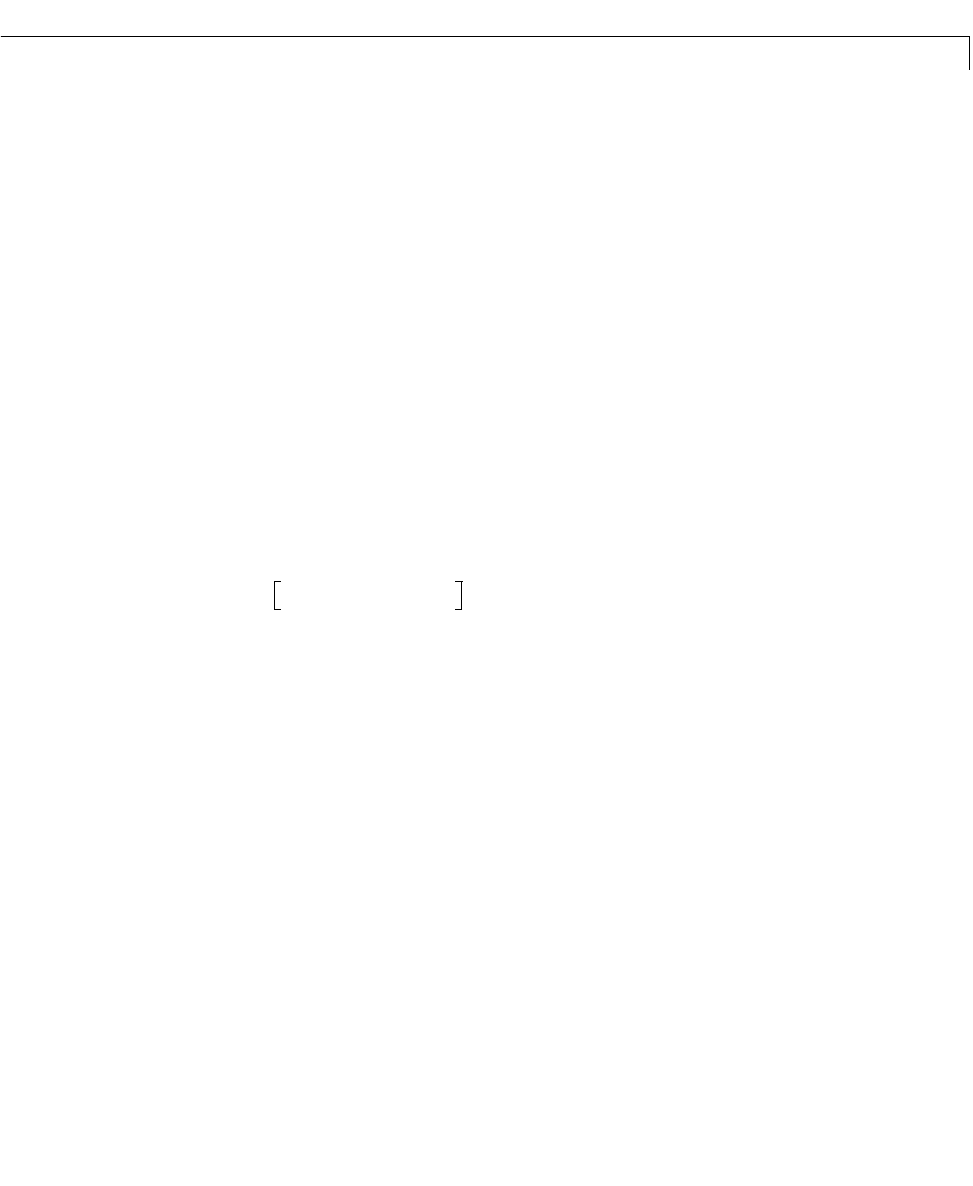Specifications
Table Of Contents
- Introduction
- LTI Models
- Operations on LTI Models
- Model Analysis Tools
- Arrays of LTI Models
- Customization
- Setting Toolbox Preferences
- Setting Tool Preferences
- Customizing Response Plot Properties
- Design Case Studies
- Reliable Computations
- GUI Reference
- SISO Design Tool Reference
- Menu Bar
- File
- Import
- Export
- Toolbox Preferences
- Print to Figure
- Close
- Edit
- Undo and Redo
- Root Locus and Bode Diagrams
- SISO Tool Preferences
- View
- Root Locus and Bode Diagrams
- System Data
- Closed Loop Poles
- Design History
- Tools
- Loop Responses
- Continuous/Discrete Conversions
- Draw a Simulink Diagram
- Compensator
- Format
- Edit
- Store
- Retrieve
- Clear
- Window
- Help
- Tool Bar
- Current Compensator
- Feedback Structure
- Root Locus Right-Click Menus
- Bode Diagram Right-Click Menus
- Status Panel
- Menu Bar
- LTI Viewer Reference
- Right-Click Menus for Response Plots
- Function Reference
- Functions by Category
- acker
- allmargin
- append
- augstate
- balreal
- bode
- bodemag
- c2d
- canon
- care
- chgunits
- connect
- covar
- ctrb
- ctrbf
- d2c
- d2d
- damp
- dare
- dcgain
- delay2z
- dlqr
- dlyap
- drss
- dsort
- dss
- dssdata
- esort
- estim
- evalfr
- feedback
- filt
- frd
- frdata
- freqresp
- gensig
- get
- gram
- hasdelay
- impulse
- initial
- interp
- inv
- isct, isdt
- isempty
- isproper
- issiso
- kalman
- kalmd
- lft
- lqgreg
- lqr
- lqrd
- lqry
- lsim
- ltimodels
- ltiprops
- ltiview
- lyap
- margin
- minreal
- modred
- ndims
- ngrid
- nichols
- norm
- nyquist
- obsv
- obsvf
- ord2
- pade
- parallel
- place
- pole
- pzmap
- reg
- reshape
- rlocus
- rss
- series
- set
- sgrid
- sigma
- sisotool
- size
- sminreal
- ss
- ss2ss
- ssbal
- ssdata
- stack
- step
- tf
- tfdata
- totaldelay
- zero
- zgrid
- zpk
- zpkdata
- Index

lqgreg
16-117
16lqgreg
Purpose Form LQG regulator given state-feedback gain and Kalman estimator
Syntax rlqg = lqgreg(kest,k)
rlqg = lqgreg(kest,k,'current') % discrete-time only
rlqg = lqgreg(kest,k,controls)
Description lqgreg forms the LQG regulator by connecting the Kalmanestimator designed
with
kalman and the optimal state-feedback gain designed with lqr, dlqr,or
lqry. The LQG regulator minimizes some quadratic cost function that trades
off regulation performance and control effort. This regulator is dynamic and
relies on noisy output measurements to generate the regulating commands.
In continuous time, the LQG regulator generates the commands
where is the Kalman state estimate. The regulator state-space equations are
where is the vector of plant output measurements (see
kalman for
background andnotation). The diagram belowshows this dynamic regulator in
relation to the plant.
uKx
ˆ
–=
x
ˆ
x
ˆ
·
ALC– BLD–
()
K–
x
ˆ
Ly
v
+=
uKx
ˆ
–=
y
v










